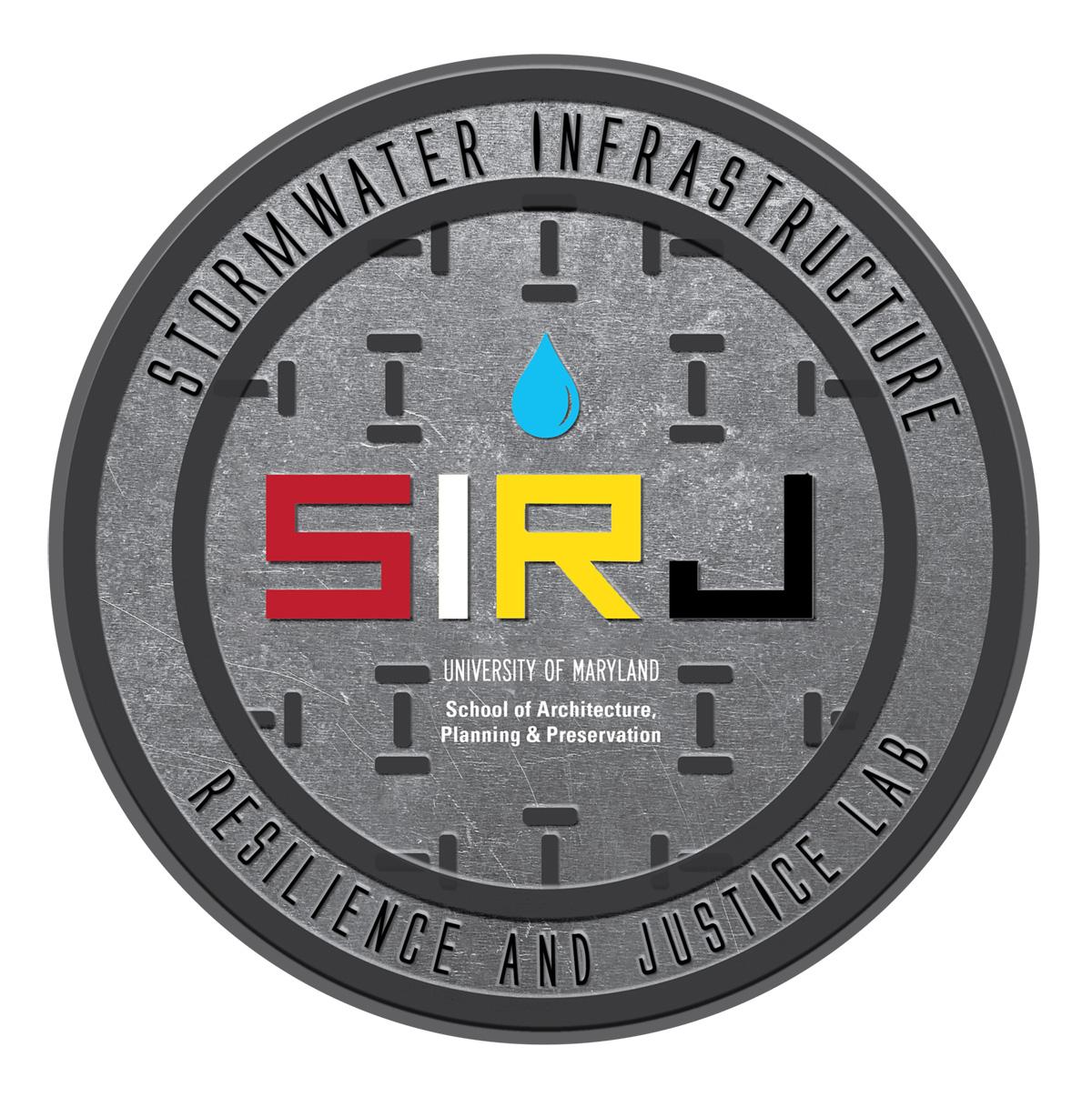
EBR-2023-0690 | April 2024
Environmental Justice in Agricultural Waste Management

In the Spring and Summer of 2023, researchers from the University of Maryland, College Park facilitated interviews and focus groups with community members at three locations around the Eastern Shore of Maryland to learn about how agricultural waste management practices affect local communities. This fact sheet incorporates what we learned from our field work into an introduction to environmental justice issues for farmers, residents, and policymakers in Eastern
Shore communities.
Environmental Justice
Environmental Justice addresses the uneven distribution of pollutants in our environment. Pollutants include chemicals and biological substances that cause negative health impacts, but also can include loud or consistent noise, excessive or persistent odors, and inappropriate and intrusive artificial lighting. Where conservation-focused environmentalism may be concerned with the impact of industry on local and global ecosystems, justice-oriented environmentalism is concerned with who is impacted by the negative effects of industry, where those impacts are felt, and how decisions about the siting of polluting activities are made. We heard about a variety of issues related to agricultural waste management pollution during our interviews across the Eastern Shore, including odors and noise from farm operations and Dissolved Air Flotation (DAF) management, and high nitrate levels in local soil and water.
“Nothing About Us Without Us”
As a movement, environmental justice began as a coalition of environmentalists, civil rights groups, and faith groups. Today, it has expanded to include members of government, civil leaders, scholars, business leaders, and farmers.
The refrain “Nothing About Us Without Us”—a key theme in the environmental justice movement—refers to the need for communities that have historically been harmed by environmental injustices to be involved in decisions about how land is used in the areas where they live. Such communities are known as socially vulnerable populations. They include groups such as racial and ethnic minorities that have historically been legally excluded from government and business decisions on where to place polluting industry and how to manage waste. Other groups are also socially vulnerable, such as children and older adults (who are known to be more at risk of negative health impacts from environmental pollutants), recent immigrants who may not know how to navigate the American government systems, and people with limited English ability.
For many in these groups, a key issue of environmental justice is gaining control over their surroundings, and the political and economic forces that impact their lives. This remains true even for issues that don’t disproportionately affect these groups. In our work with communities on the Eastern Shore, for example, we heard from community members that while odors from field fertilization affected everyone in a region equally, some groups—specifically immigrant and minority workers—felt they had no say over how or when fertilizers were used.
Communities of Color: Who are they and why do they matter?
Communities of color have faced significant discrimination in the United States, including legal and social barriers to living in desirable areas and systemic exclusion from decisions about where undesirable land uses such as industry and waste management facilities are located.
While restrictions on where racial and ethnic minority households can live are now illegal, their effects, such as decreased property values due to nearby undesirable land uses, have left many communities of color stuck in areas with high exposure to environmental harms. For example, African American individuals today are more likely to live in areas with increased exposure to asthma-causing air pollutants, a disparity that has lasted even as air pollutants have declined overall. In addition, households of color are more likely to be located far from resources that would help mitigate the negative impacts of living in these areas, such as quality healthcare.
On the Eastern Shore, communities of color exist across the region, in cities, small towns, and rural areas. They hold jobs across sectors and income levels, including as farmers and farm workers. However, they are underrepresented in the most prosperous and stable fields of employment. In our focus groups, we heard that people of color continue to face challenges accessing safe and stable employment, as well as engagement from local governments and business groups. We also heard from local stakeholders about economic challenges faced by rural white communities as well, which have worsened as economic conditions have declined across the region overall. While these white populations have not experienced the same structural discrimination faced by communities of color in the region, many of the policies and initiatives that can help communities of color would help poor white communities as well.
What We Learned:
During our engagement with communities across the Eastern Shore, we learned a few key lessons about how environmental justice issues play out in agricultural communities across the region.
- Exposure to the harms of agricultural waste is perceived as equally distributed between racial and ethnic groups, but access to mitigating resources such as healthcare is not. Residents identified odor as the biggest environmental harm present in local communities and noted that all racial and ethnic groups were equally likely to be exposed to it. Other environmental harms noted include exposure to ammonia from poultry waste and related to DAF, and high nitrate levels in water. Focus group participants and interviewees shared, however, that minority and immigrant populations employed in agriculture, especially those at small farming operations, are less likely to have access to health insurance or quality medical providers. While medical access is a challenge across the region, these groups are disproportionately affected, leading to the potential for greater harm. We heard this most commonly from focus group participants in southern Delmarva (Wicomico and Worcester Counties).
- Vulnerable communities are often not aware of new waste management technologies being adopted until they are already in their communities, and when they do know, they have few opportunities to make their voices heard. Individual farmers typically make the decision to adopt and use agricultural waste management technologies on their farms with support and incentives from state programs such as Maryland’s Animal Waste Management Technology Fund. Some evidence exists that on-site anaerobic digesters may be safer than conventional waste management practices and may reduce environmental harms to neighboring communities. However, participants of color in our focus groups objected to the state’s decision to support the adoption of these technologies in their communities without engaging them. As several farmers pointed out in our conversations, current state policy allows them to build agriculture-related facilities on their properties by right. However, the broader impact of digesters is a primary source of concern for vulnerable communities as decision-makers supporting such technology may not consider their potential indirect harms. Such indirect harms may include increased light, noise, and air pollution resulting from local agriculture operations expanding in scale due to increased waste management capacity or increased local truck traffic due to farmers with digesters receiving tipping fees for accepting waste from neighboring farms and communities.
The solutions to these challenges can benefit everyone. Investments in improvements to the healthcare system, including quality facilities and access to insurance on the Eastern Shore will benefit all residents of the area by providing more needed services and sustaining a healthier community overall. Likewise, by including more voices, especially from vulnerable communities, in decisions about how agricultural land use and waste management systems are determined, we can create better environmental outcomes for all, and greater buy-in by farmers and other community members alike.
Contact Information
- Eric Burnstein: eburnste@umd.edu
- Dr. Priscila Alves: pbralves@umd.edu
- Dr. Stephanie Lansing: slansing@umd.edu
- Dr. Marccus D. Hendricks: mdh1@umd.edu
For more information on the Animal Waste Technology Fact Sheet series and the Maryland Animal Waste Technology Assessment submitted to MDA, see https://go.umd.edu/AWTF.
Funding
This material is based upon work supported by the Maryland Department of Agriculture under Grant # MDA-2072-FY22.
University of Maryland, Stormwater Infrastructure Resilience and Justice (SIRJ) Lab, School of Architecture, Planning and Preservation, College Park MD, 20742

ERIC BURNSTEIN
eburnste@umd.edu
MIMI SANFORD
sanfordm@umd.edu
PRISCILA ALVES
pbralves@umd.edu
HIGOR COSTA
higor.brito@estudante.ufcg.edu.br
MARCCUS HENDRICKS
mdh1@umd.edu
This publication, Environmental Justice in Agricultural Waste Management (EBR-2023-0690), is a part of a collection produced by the University of Maryland Extension within the College of Agriculture and Natural Resources.
The information presented has met UME peer-review standards, including internal and external technical review.
For help accessing this or any UME publication contact: itaccessibility@umd.edu
For more information on this and other topics, visit the University of Maryland Extension website at extension.umd.edu
University programs, activities, and facilities are available to all without regard to race, color, sex, gender identity or expression, sexual orientation, marital status, age, national origin, political affiliation, physical or mental disability, religion, protected veteran status, genetic information, personal appearance, or any other legally protected class.
When citing this publication, please use the suggested format below:
Burnstein, E., Sanford, M., Alves, P., Costa, H., & Hendricks, M. (2024).
Environmental Justice in Agricultural Waste Management (EBR-2023-0690).
University of Maryland Extension. go.umd.edu/EBR-2023-0690.
Environmental Justice (English)
Jistis Anviwònmannan Jesyon Dechè Agrikòl (Kreyòl ayisyen)
Justicia Ambiental en la Gestión de Residuos Agrícolas (Español)